Invasive plants can change habitats, forcing birds to leave
Over the years, people have acquired plants with the intention of attracting wildlife, particularly birds. Often these have been shrubs purchased as part of a “Wildlife Package” from their local Conservation Department. A number of these plants – multiflora rose (Rosa multiflora), Russian olive (Eleagnus angustiflora), autumn olive (Eleagnus umbellate) and Tartarian honeysuckle (Lonicera tartarica) – have worked well locally for attracting birds. They provide protective cover and nest sites as well as food in the form of berries or fruit and the insects that they attract.
However, all of these previously listed plants are now on the list of the Top 20 Invasive Plants in New York State. The Invasive Plant Council of New York State (http://www.ipcnys.org/), which developed this list, was incorporated in 1999 with the goal to “organize an effective partnership among public and private organizations to address the need for invasive species information and control across the state.”
The reason plants are listed as invasive is because of their tendency to crowd out native plants and take over large areas. This decreases the biological diversity of these areas, threatening not only native plants but wildlife as well.
It is recommended that we not only stop planting these but also try to remove or control the spread of existing populations. Alternatives such as native viburnums (Viburnum spp.), winterberry (Ilex verticillata), serviceberry (Amelanchier spp.), gray dogwood (Cornus Racemosa) and chokeberry (Aronia spp.) are recommended.
Some bird species that 40 or 50 years ago were not common to our area – cardinal and mockingbird, for example – may have benefited from these invasives. Both will rely heavily on the berries for winter survival. What is harder to measure are the losses of other species that have been displaced. Some bird groups such as sparrows and warblers have declined in numbers. Though there are many reasons for the declines, habitat change is a major reason. Eastern bluebirds are a local species that are both positively and negatively affected by invasive shrubs. Bluebirds are voracious insect feeders during the warmer months, especially while nesting. During the fall, winter and early spring, when insects are scarce, they will rely on berries and will benefit by these plants. Bluebirds prefer open fields and pastures with occasional perches to search for insects during the warm seasons. As the autumn olive and multiflora rose overtake these fields and pastures, their preferred habitat is displaced.
Speaking of bluebirds, during last week’s warm weather, eastern bluebirds were sighted in the Town of Maine along with small flocks of cedar waxwings. Also, during the warm weather, downy and hairy woodpeckers were heard doing their territorial drumming.
Other recent sightings in our area include: robin, snow buntings, tree sparrows, harrier, rough-legged hawk, common goldeneyes, coopers hawk and red-bellied woodpecker.
Birders’ Watch is provided by members of the Naturalists’ Club of Broome County. This column was written by James B. Hoteling. For information on the Naturalists Club, write P.O. Box 191, Vestal, N.Y. 13850.
Posted in Birders Watch Columns | Comments Off on Invasive plants can change habitats, forcing birds to leave
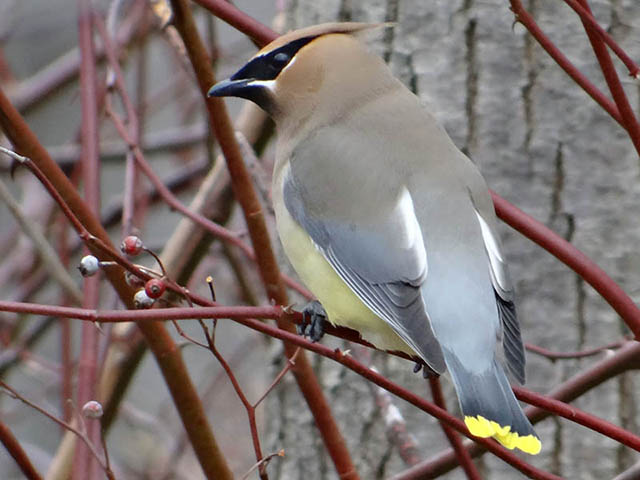
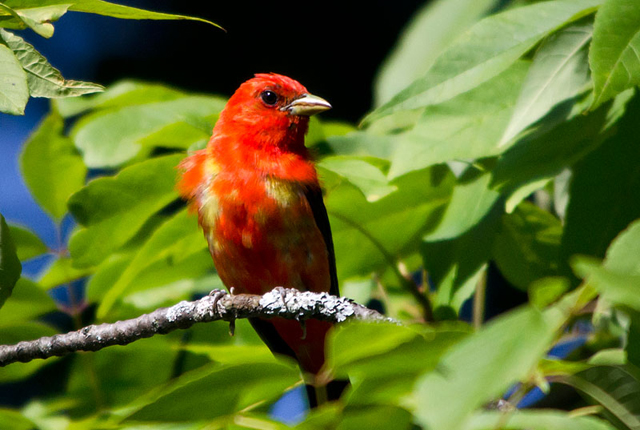
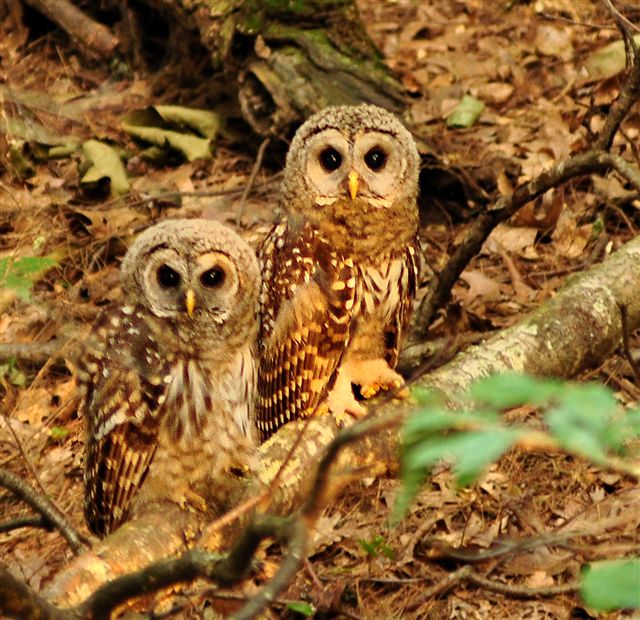
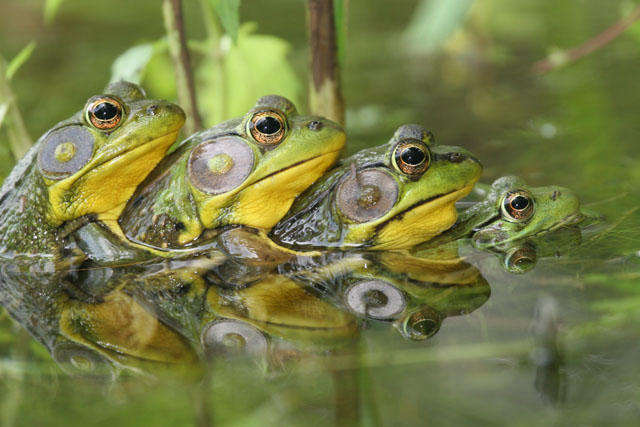
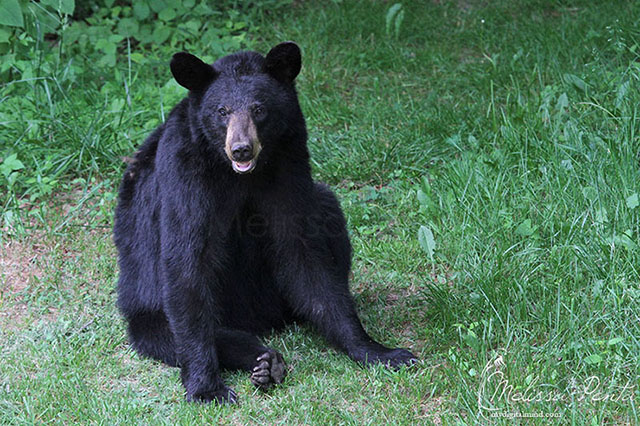
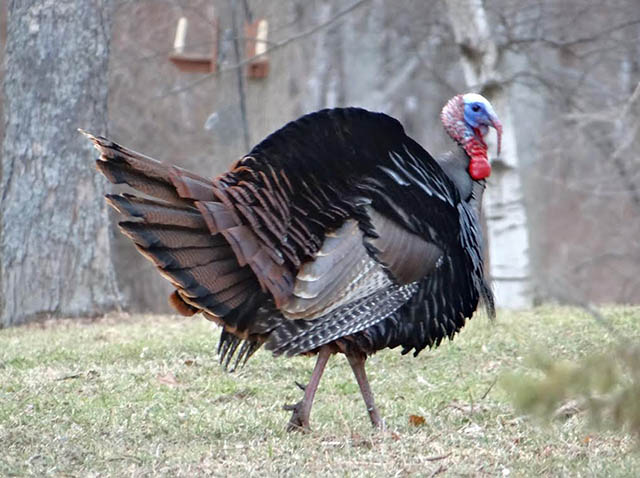
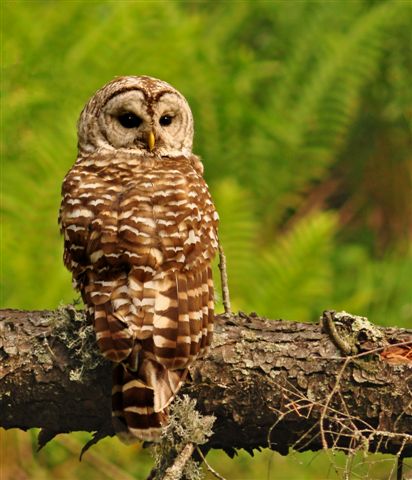
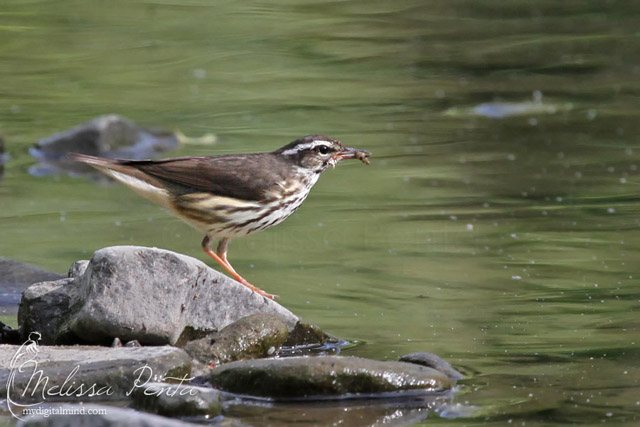
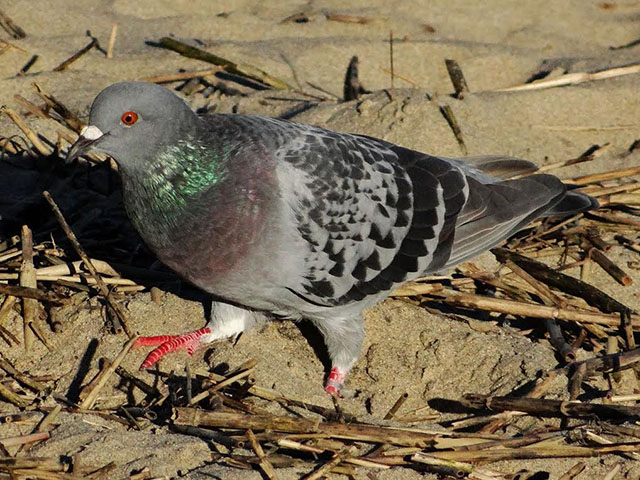
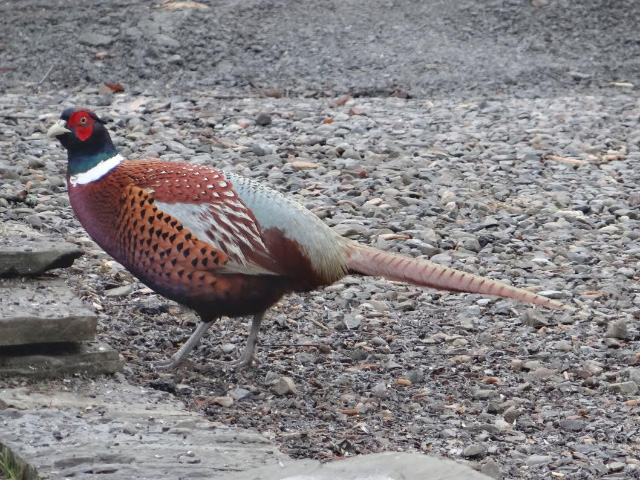
Comments are closed.